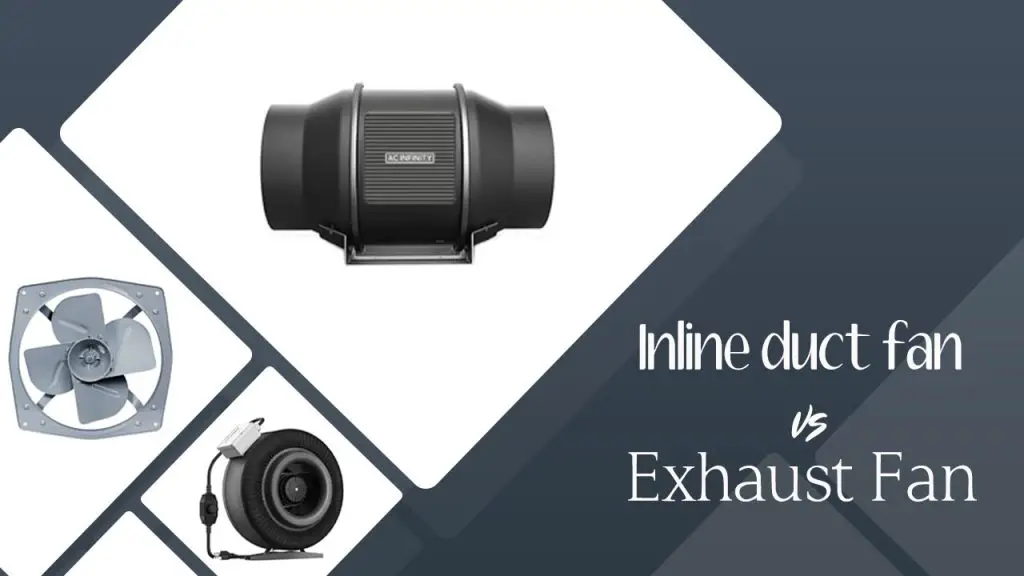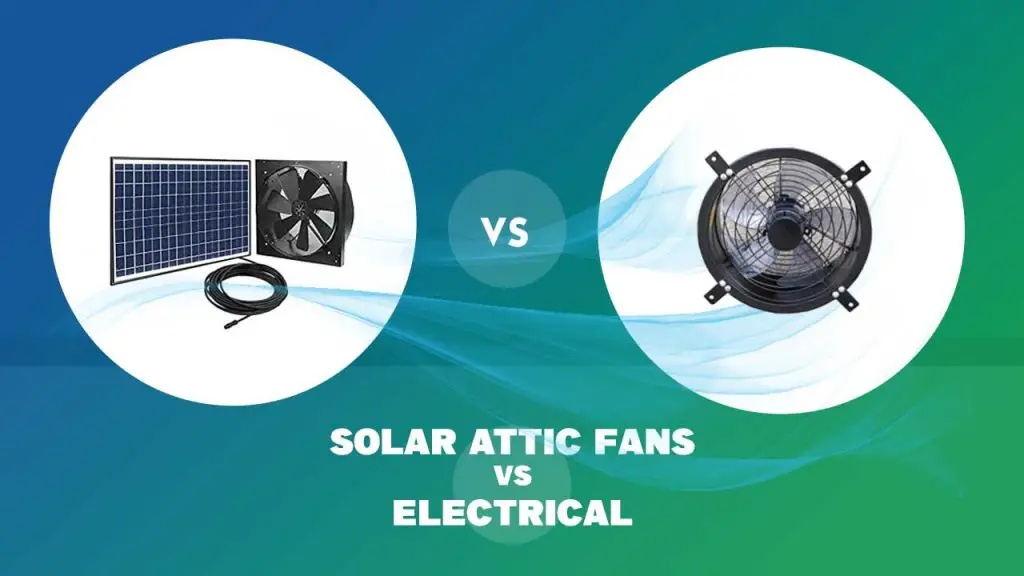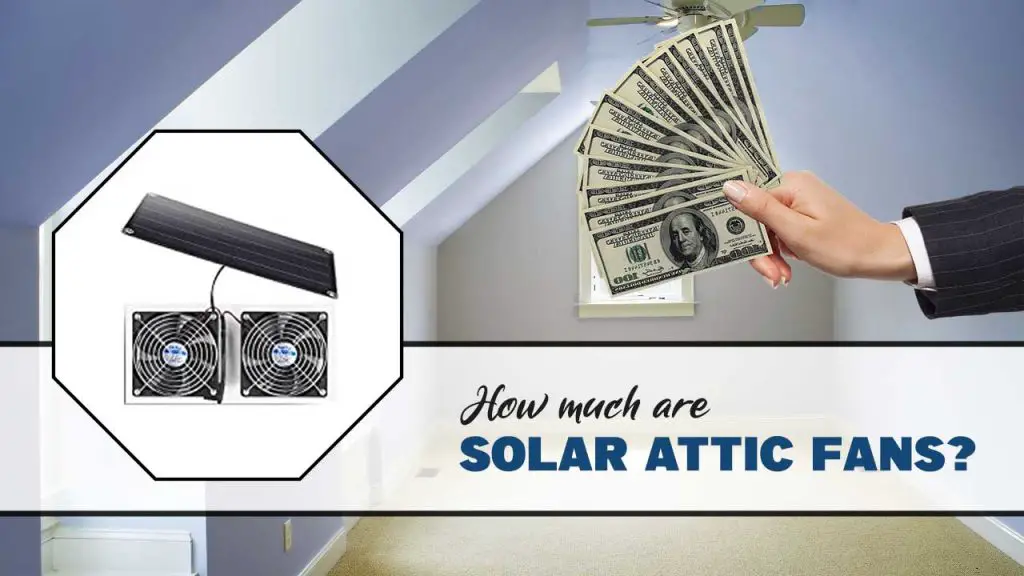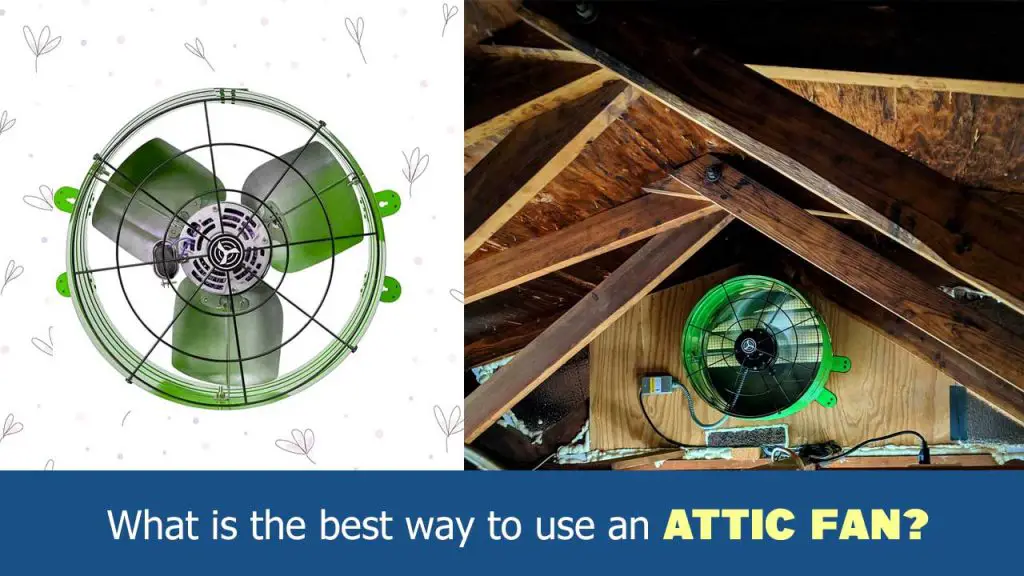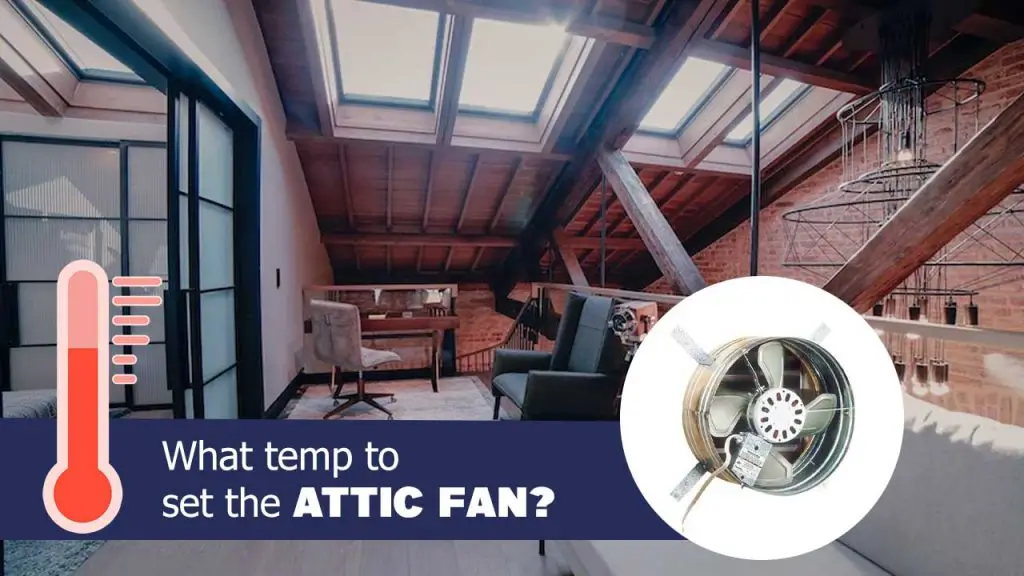There are different types of fans that are used in homes, offices, and industrial settings for different purposes. While some are meant to provide some form of cooling, others are applied to ventilation and air pressure needs. This brings us to inline duct fans and exhaust fans.
Many people often ask a lot of questions about the purpose of the two devices and whether they can be used interchangeably. Are inline fans the same as exhaust fans? What are their similarities and differences? We’ll take you through these pointers as we go on.
But first, it’s important to provide a clear explanation of what an inline duct fan is and what an exhaust fan does.
Inline Duct Fans and Exhaust Fans
An inline duct fan is an appliance installed in the ductwork to help boost air flow rate and pressure through the ductwork. An inline duct fan is a fan that is, first and foremost, connected to or installed in the ductwork of your home.
You’d find them installed close to the end of a long stretch of installed ductwork. They are primarily installed to help push air into distant rooms and areas of the home.
An inline duct fan generally provides the force that cool or warm air, or any other form of thermal energy, needs to move farther to far-reaching parts of the house.
This means they act as enhancers for central air conditioners and central heaters, increasing the pressure of the airflow to enhance the impact of your HVAC systems.
While the structure and build of some models of inline duct fans and exhaust fans are similar, their purpose and mode of operation are mostly different.
An exhaust fan is primarily a fan that’s installed to help exhaust impure indoor air and replace it with fresher outdoor air. In other words, this fan is also used to reduce humidity, and exhaust heat and also reduce air pollution indoors.
Unlike duct fans, they are installed close to the ceiling, usually on the wall or even at the end of ductwork with an opening to the outside of the building.
Is An Inline Fan the Same as An Exhaust Fan?
This is a complex question because there are models of inline duct fans that can be used for exhaustion, as also models of exhaust fans that may work well with airflow increase.
For some people, the difference is usually in the design of the fan; whether it is made to pull or push air (or both), as well as the size and diameter of the fan.
An exhaust fan, like the iLIVING 12″ Shutter Exhaust Fan, is primarily meant to expel polluted indoor air outside the house or building, but it also provides room for fresher outdoor air to come in. Its blades are primarily designed to pull air from inside the house and push it out.
On the other hand, most inline duct fans, like the AC Infinity CLOUDLINE Quiet 6” Inline Duct Fan, work by pushing air through a duct. They do not exhaust or pull air out if specifically installed for duct airflow.
This is also because an inline duct fan is placed inside the duct, just about a meter from one end. But to answer the question plainly, an inline fan is not the same as an exhaust fan. They have different uses and purposes for installation.
Inline Duct Fan Vs Exhaust Fan
So, how does an inline duct fan differ from an exhaust fan? You probably already have an idea, but we’ll throw in a few pointers for emphasis.
1. Function

The first point of comparison is in the function that the two appliances perform. The inline duct fan is installed to help get warm or cold air from HVAC units to all parts of the house or building.
They enhance airflow, thereby increasing its volume and velocity and ensuring that even the most distant room in a building can get the cooling or warmth effect of the HVAC unit. On the other hand, an exhaust fan is meant to exhaust stale air along with air vapor and bring in fresher air.
2. Performance

These two appliances are quite competitive when it comes to performance. However, we must add that while they both only consume minimal energy, an inline duct fan is logically more efficient in terms of performance.
Nothing is to guarantee that some of the air expelled by the exhaust fan doesn’t find its way back into the house through the same vent. Besides, when outdoor humidity is equally high, it’d simply be an exchange of humid air.
3. Installation/Location

Both the inline duct fan and the exhaust fan are installed in the duct (even though some exhaust fans are simply placed in an opening on the wall). However, the exhaust fan is closer to the outdoor than the inline fan.
While the exhaust fan may be visible from outside through the vent, you’re unlikely to see the inline duct fan because it is placed a meter or more away from one end of the ductwork.
4. Air Pull or Push?
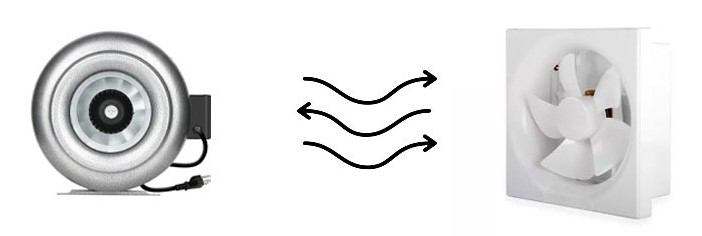
This is a matter that is still being debated across the HVAC world. The jury is still out to decide whether it’s better for fans to pull or push air. Truth is, most exhaust fans are designed to pull; it only makes sense considering where they’re located.
On the other hand, inline duct fans are installed to push air already circulating in the duct. This air is released by the HVAC unit into the duct and then pushed by the inline fan to reach distant parts of the building.
5. Pollution Control
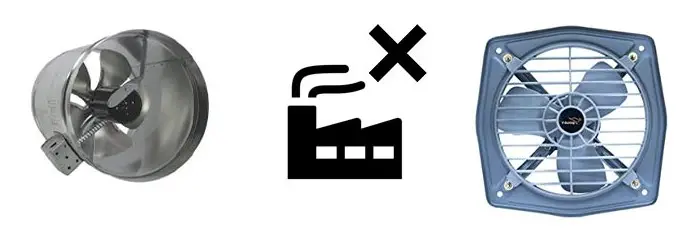
One major advantage of an exhaust fan is that it helps to prevent mold and mildew by expelling vapor out of the house. This helps to keep indoor air fresh and free of bacteria.
Meanwhile, an inline duct fan doesn’t exactly do this, but it can prevent condensation which may lead to mold growth if not controlled.
Which Is Better? Inline Duct Fan Or Exhaust Fan?
The question we always throw back when people try to compare two seemingly different appliances is, “based on what?”. It is not a fair comparison because both devices have different applications.
Using them the right way will certainly bring the best out of them. If you want to compare based on price and energy consumption, we may have to go with the exhaust fan because it is generally cheaper and consumes less energy than inline duct fans.
But, they cannot do the job that inline duct fans do unless they’re re-engineered to do so.
In the same vein, inline duct fans are better when it comes down to performance efficiency. Once sealed with insulation materials, nothing is lost and a draft doesn’t occur, unlike an exhaust fan that can’t exactly keep anything out.
When Should You Use An Inline Duct Fan? When Should You Use an Exhaust Fan?
Use an inline duct when you need to increase airflow rate and enhance the performance of a central HVAC unit. Also, this will help you achieve thermal balance throughout the house or building and ensure the work of your air conditioner or heater is felt in every room.
Smaller units are also used in spaces like bathrooms and kitchens. The point is, you should get this if your HVAC system needs a hand getting that air to distant parts of the house.
On the flip side, you should use an exhaust fan when air pollution and humidity are the troubles you have or you just need to maintain proper ventilation.
Beyond that, you’d be getting rid of mold and mildew and other forms of moist air troubles by expelling vapor along with indoor air and bringing in fresher air.
Final Comments:
For emphasis, inline duct fans and exhaust fans are not the same. They are different in structure, design and function. Knowing what you really want is the key to getting the right product.
While it is impossible to tell which is better because of their clear differences, you’ll do yourself a great favor by doing a proper background check on any product you’re interested in, whether it’s an inline duct fan or an exhaust fan.
| Photo | Title | Buy |
|---|---|---|

|
LEVOIT Air Purifier for Home & Bedroom - For Allergies and Pets Hair | Check Price On Amazon |

|
BREEZOME 60 OZ Quiet Dehumidifiers for Home, Dual-Semiconductor | Check Price On Amazon |

|
AquaOasis™ Cool Mist Quiet Ultrasonic Humidifier for Bedroom & Large room | Check Price On Amazon |

|
43.3'' Portable Air Conditioners, 3-IN-1 Evaporative Air Cooler w/Remote | Check Price On Amazon |

|
BlueDri BD-AS-550-BL Negative Machine Airbourne Cleaner HEPA Air Scrubber | Check Price On Amazon |
